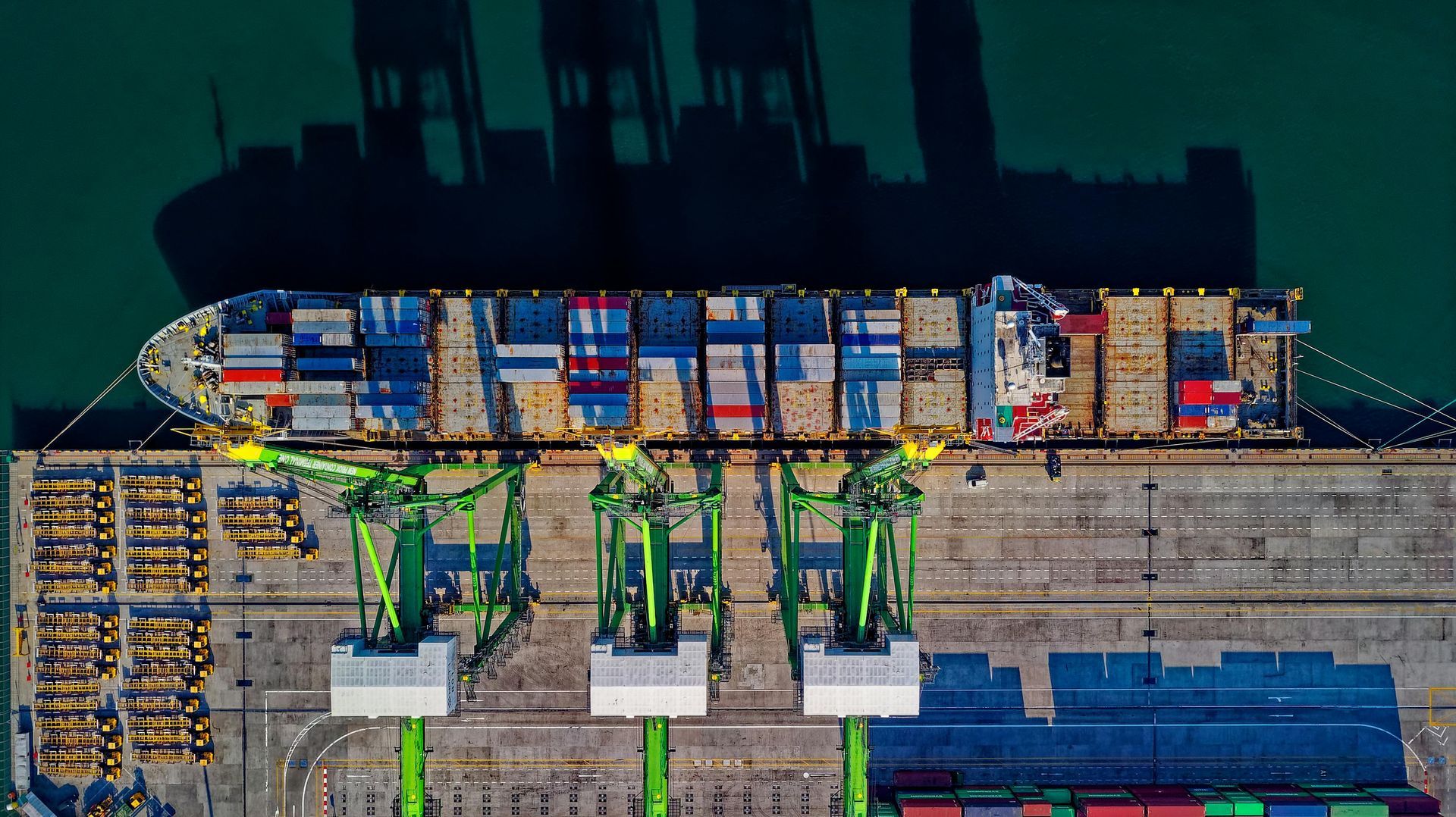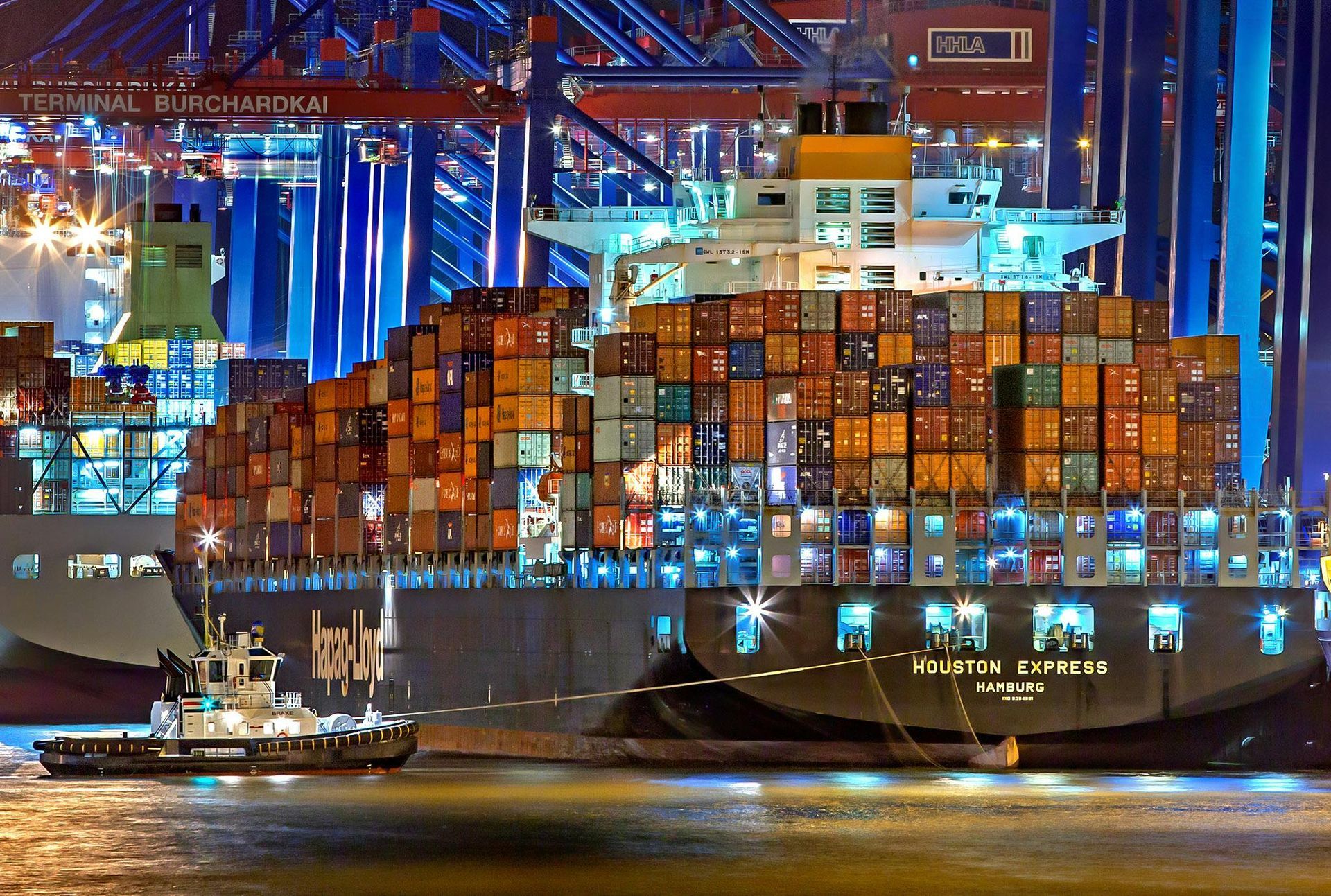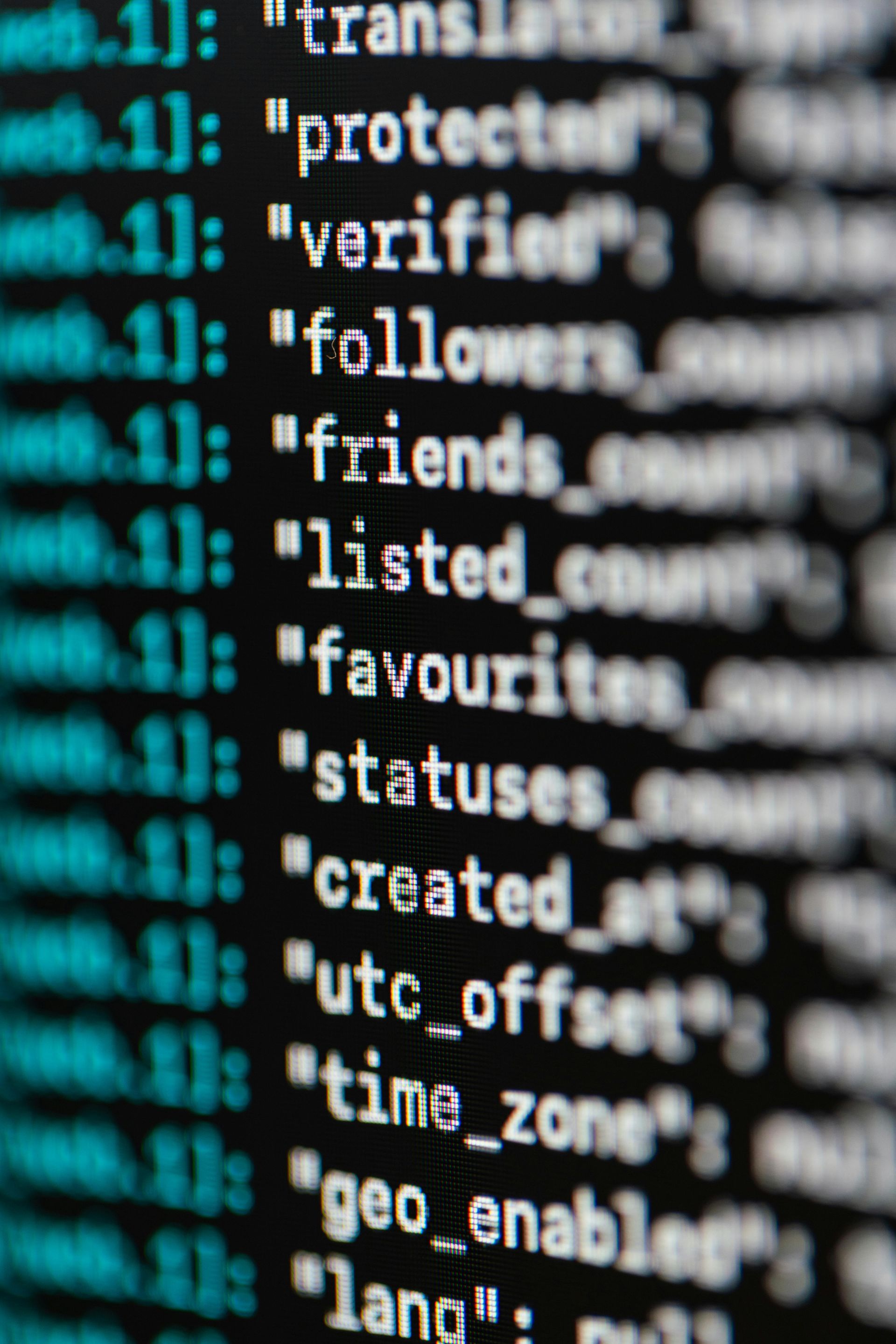The Hidden Drama of Global Trade: When Compliance Meets Complexity

Imagine a world where a single overlooked detail can bring an entire multinational corporation to its knees.
Welcome to the high-stakes universe of trade compliance – a realm where geopolitical chess meets corporate survival and artificial intelligence whispers promises of transformation.
In today's hyperconnected global marketplace, trade compliance isn't just another bureaucratic checkbox. It's become an intricate dance of human expertise and technological potential, protecting companies from potentially catastrophic risks.
The Anatomy of Supply Chain Vulnerabilities
When we drill down into the real challenges of trade compliance, several critical weak points emerge that can make even the most seasoned compliance professionals break into a cold sweat:
- ·Supplier Visibility: Most organizations have clear sight of their primary suppliers, but beyond that first tier, it's like navigating through a dense fog. Tier 2 and tier 3 suppliers often operate in regulatory blind spots.
- Data Fragmentation: Companies typically manage compliance data across multiple systems, creating information silos that make comprehensive screening nearly impossible.
- Technological Limitations: Legacy screening tools are like bringing a knife to a gunfight – hopelessly outmatched by the complexity of modern global transactions.
AI: The Compliance Promise Waiting to Be Fulfilled
Artificial intelligence stands at the threshold of trade compliance – a tantalizing solution still searching for its true form. While the potential is enormous, the reality remains frustratingly just out of reach. Tech providers are circling the challenge, but few have managed to deliver a truly transformative solution.
The compliance world is watching and waiting. AI promises to revolutionize screening processes, but current offerings are more proof of concept than game-changing technology. Most solutions still require significant human intervention, leaving compliance professionals skeptical but hopeful. The market is ripe for a breakthrough – a solution that can genuinely parse complex regulatory landscapes with the nuance and precision that current technologies only hint at.
What's needed is not just another software tool, but a comprehensive platform that understands the intricate dance of global regulations, corporate structures, and geopolitical nuances. Technology providers are inching closer, but they're still building the bridge while standing in the middle of the river.
Regulatory Landscape: A Moving Target
Regulatory bodies aren't making life easier. The U.S. Treasury Department and European Union have been cranking up the complexity dial, introducing screening requirements that would make a chess grandmaster's head spin. For instance, recent regulatory updates have specifically targeted:
- Cryptocurrency transactions with potential sanctions implications
- Advanced technology transfers with dual-use potential
- Sophisticated encryption and AI technologies that blur military and civilian applications
The most fascinating battleground? Technology and sensitive goods. Semiconductors, artificial intelligence components, quantum computing hardware – these aren't just products.
They're potential geopolitical game-changers that require microscopic levels of scrutiny.
The true game-changer will be organizations that remain agile, continuously evaluating emerging technologies while maintaining a healthy skepticism. Those who can blend human expertise with the most promising technological solutions will navigate the complex compliance landscape most effectively.
This isn't just about avoiding penalties anymore. It's about building a resilient, intelligent approach to global business that can navigate the most turbulent regulatory waters with grace and precision.
The future of trade compliance is still being written – a collaborative narrative between human insight, regulatory complexity, and the tantalizing potential of technologies not yet fully realized.
Speak to us!
If you wish to learn more about our Solutions and Partners we work with, click here to learn more:
Follow us on social media or drop us a line:






